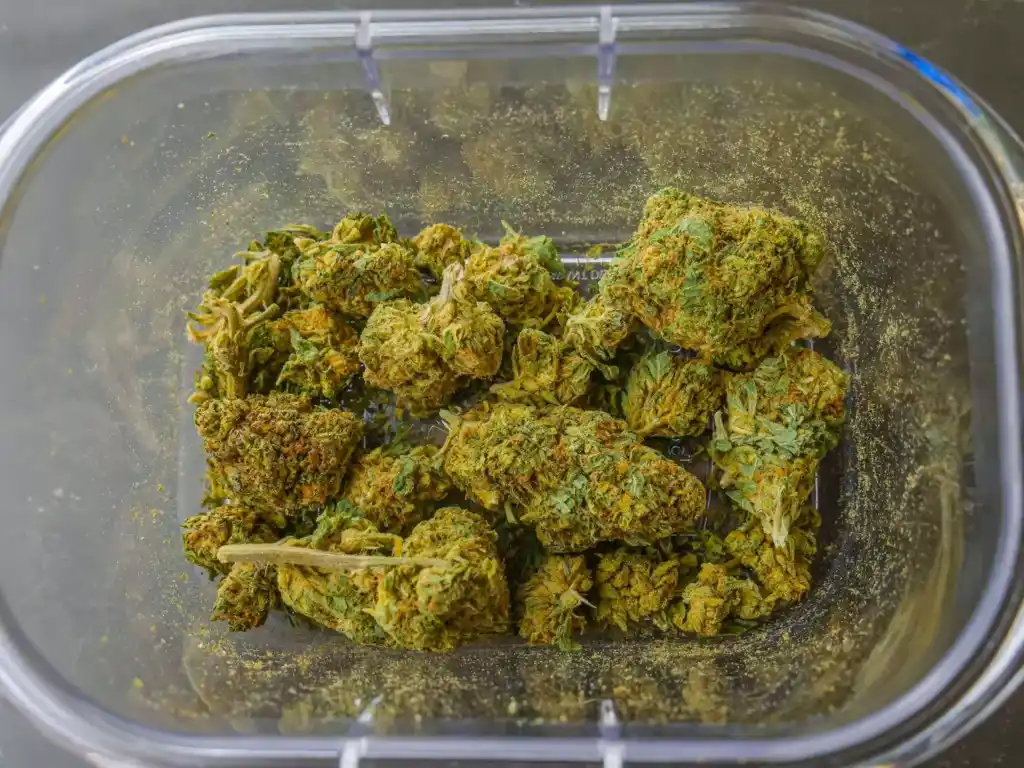Introduction
In recent years, there has been a significant shift in societal attitudes towards cannabis, with an increasing focus on its medicinal and recreational benefits. Beyond traditional methods of consumption, a new frontier is emerging: the intersection of cannabis and food. This fusion of two distinct worlds is giving rise to a culinary revolution, as chefs, enthusiasts, and scientists explore the diverse ways in which cannabis can enhance the gastronomic experience.
The Cannabis Culinary Landscape:
Cannabis-infused cuisine is not a new concept; historically, various cultures have integrated cannabis into their culinary traditions for both medicinal and recreational purposes. However, the recent wave of legalization and the growing acceptance of cannabis have paved the way for chefs to experiment with this versatile plant in more sophisticated and creative ways.
Edibles: Beyond Brownies
Gone are the days when cannabis-infused edibles were limited to simple brownies and cookies. Today, chefs are pushing the boundaries of culinary creativity, crafting gourmet dishes that showcase the diverse flavors and effects of different cannabis strains. From appetizers to desserts, the possibilities seem endless.
One notable trend is the emergence of cannabis-infused beverages, including cocktails, mocktails, and even cannabis-infused coffee. Mixologists are incorporating cannabis tinctures and oils to create unique and sophisticated drinks that offer a novel way to experience the plant’s effects.
The Science Behind the Buzz:
The key to successful cannabis-infused cuisine lies in understanding the science behind the plant’s psychoactive compounds, particularly tetrahydrocannabinol (THC) and cannabidiol (CBD). Chefs and scientists are working together to unlock the secrets of cannabis-infused cooking, exploring factors such as decarboxylation, infusion techniques, and dosage precision.
Decarboxylation is a crucial step in activating the psychoactive properties of cannabis. Heat transforms the non-psychoactive THCA (tetrahydrocannabinolic acid) into THC, the compound responsible for the characteristic “high” associated with cannabis. Chefs carefully control the decarboxylation process to achieve the desired potency in their dishes.
Infusion techniques vary, with some chefs preferring to infuse oils, while others opt for tinctures or butter. Precision is essential, as improper dosing can result in an unpleasant experience for consumers. By employing laboratory-tested cannabis products and adhering to precise dosage guidelines, chefs can ensure a consistent and enjoyable culinary experience.
Cannabis Terpenes: The Flavor Revolution
Beyond the psychoactive compounds, chefs are exploring the world of cannabis terpenes to elevate the flavor profile of their dishes. Terpenes are aromatic compounds found in various plants, including cannabis, and are responsible for the plant’s distinctive scents and flavors. Cannabis contains a wide array of terpenes, each contributing a unique aroma and taste.
Incorporating terpenes into culinary creations allows chefs to enhance the overall sensory experience of a dish. For example, a strain with citrusy terpenes might complement a seafood dish, while strains with earthy or herbal terpenes could enhance the flavor of a savory stew. The possibilities for pairing cannabis terpenes with different cuisines are vast, providing chefs with a palette of flavors to experiment with.
Cannabis-infused Olive Oil, Pesto, and Beyond
One popular way to integrate cannabis into the culinary world is through infused oils. Cannabis-infused olive oil, for instance, has become a staple in many kitchens. This versatile ingredient can be drizzled over salads, used as a dipping sauce for bread, or incorporated into a wide range of recipes to add a subtle cannabis flavor.
Pesto, a classic Italian sauce, has also found a place in the cannabis culinary scene. Chefs are experimenting with infusing pesto with cannabis to create a flavorful and medicinally infused sauce that can be paired with pasta, spread on sandwiches, or used as a topping for grilled meats.
Elevating the Dining Experience:
The integration of cannabis into fine dining experiences is gaining traction, with some chefs incorporating cannabis-infused courses into tasting menus. This trend not only showcases the culinary potential of cannabis but also highlights the plant’s ability to enhance the overall dining experience.
Chefs are working collaboratively with cannabis experts to curate pairings that complement the nuanced flavors of both the food and the chosen cannabis strains. These curated dining experiences offer patrons an opportunity to explore the symbiotic relationship between cannabis and haute cuisine in a controlled and sophisticated setting.
Legal and Regulatory Challenges:
While the culinary world is embracing the marriage of cannabis and food, legal and regulatory challenges persist. The legalization of cannabis varies widely across regions and countries, leading to a complex patchwork of laws and regulations that chefs must navigate. Strict guidelines often dictate the production, sale, and consumption of cannabis-infused products, posing challenges for chefs seeking to incorporate these ingredients into their menus.
Additionally, dosage control is a critical consideration, as overconsumption can lead to undesirable effects. Clear and standardized regulations regarding cannabis dosing in culinary creations are necessary to ensure consumer safety and promote responsible consumption.
Conclusion:
The intersection of cannabis and food represents a tantalizing frontier for culinary exploration. From cannabis-infused olive oils to gourmet tasting menus, chefs and enthusiasts are embracing the plant’s diverse flavors and effects to create a new and exciting gastronomic experience. As the legal and regulatory landscape evolves, it’s likely that the cannabis culinary scene will continue to flourish, offering a unique blend of creativity, science, and cultural innovation. As diners increasingly seek novel and immersive dining experiences, cannabis-infused cuisine is poised to play a significant role in shaping the future of gastronomy.

